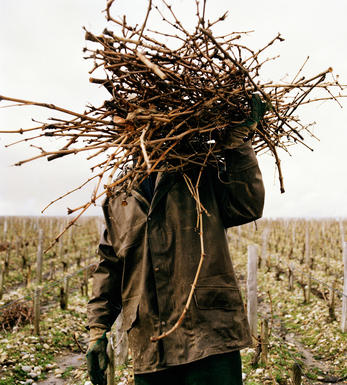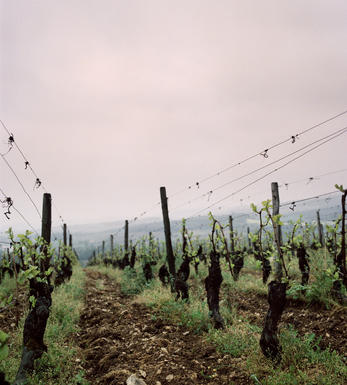
About this WINE

Domaine Mugneret-Gibourg
Until the summer of August 2009 there were two domaines, Mugneret-Gibourg and Dr Georges Mugneret. The former was created in 1933 following the marriage of André Mugneret, from an old Vosne Romanée family, and Jeanne Gibourg in 1928. Their son, Dr Georges Mugneret, whose principal profession was as an opthalmist, purchased further vineyards using a label in his own name. The Mugneret-Gibourg vines were looked after by sharecroppers, which remains the case today in the hands of Fabrice Vigot and Pascal Mugneret. The Dr Georges Mugneret vines are exploited directly. After Dr Georges early death in 1988 the domaine was run by his widow, Jacqueline and their daughter, Marie-Christine, joined by their other daughter Marie-Andrée in 1992 after she had completed her studies.
The sisters have not made any significant innovations in the cellar, beyond a sorting table and a pneumatic press. The grapes are destemmed, given a short cool maceration then left to ferment over the following 10-14 days the village wines receive 30% new wood, 40-45% for the premiers crus and around 70% for the grands crus. After the malolactic fermentation they wines are racked into another cellar for their second winter in wood, thence into small blending tanks and so into bottle. These tanks and the bottling are both done in the same underground cellar as the second year barrels, avoiding pumping or change in temperature.
The Bourgogne Rouge, Nuits-St-Georges, Vosne-Romanée and Echézeaux vineyards are farmed on share-cropping agreements so the domaine does not receive all the fruit. There are two separate sharecroppers, Fabrice Vigot and Pascal Mugneret, both of whom look after the vineyards to a high standard.
Jasper Morris MW, Burgundy Wine Director and author of the award-winning Inside Burgundy comprehensive handbook.

Bourgogne Rouge
Bourgogne Rouge is the term used to apply to red wines from Burgundy that fall under the generic Bourgogne AOC, which can be produced by over 350 individual villages across the region. As with Bourgogne Blanc and Bourgogne Rosé, this is a very general appellation and thus is hard to pinpoint any specific characteristics of the wine as a whole, due to the huge variety of wines produced.
Around 4,600 acres of land across Burgundy are used to produce Bourgogne Rouge, which is around twice as much as is dedicated towards the production of generic whites.
Pinot Noir is the primary grape used in Bourgogne Rouge production, although Chardonnay, Pinot Blanc, Pinot Gris and in Yonne, César grapes are all also permitted to make up the rest of the wine. These wines tend to be focused and acidic, with the fruit less cloying than in some New World wines also made from Pinot Noir, and they develop more floral notes as they age.
Although an entry-level wine, some Bourgogne Rouges can be exquisite depending on the area and producer, and yet at a very affordable price.

Pinot Noir
Pinot Noir is probably the most frustrating, and at times infuriating, wine grape in the world. However when it is successful, it can produce some of the most sublime wines known to man. This thin-skinned grape which grows in small, tight bunches performs well on well-drained, deepish limestone based subsoils as are found on Burgundy's Côte d'Or.
Pinot Noir is more susceptible than other varieties to over cropping - concentration and varietal character disappear rapidly if yields are excessive and yields as little as 25hl/ha are the norm for some climats of the Côte d`Or.
Because of the thinness of the skins, Pinot Noir wines are lighter in colour, body and tannins. However the best wines have grip, complexity and an intensity of fruit seldom found in wine from other grapes. Young Pinot Noir can smell almost sweet, redolent with freshly crushed raspberries, cherries and redcurrants. When mature, the best wines develop a sensuous, silky mouth feel with the fruit flavours deepening and gamey "sous-bois" nuances emerging.
The best examples are still found in Burgundy, although Pinot Noir`s key role in Champagne should not be forgotten. It is grown throughout the world with notable success in the Carneros and Russian River Valley districts of California, and the Martinborough and Central Otago regions of New Zealand.



Buying options
Add to wishlist
wine at a glance
Delivery and quality guarantee